
Exploring the Various Types of Ships Vessels and Their Role in Global Trade
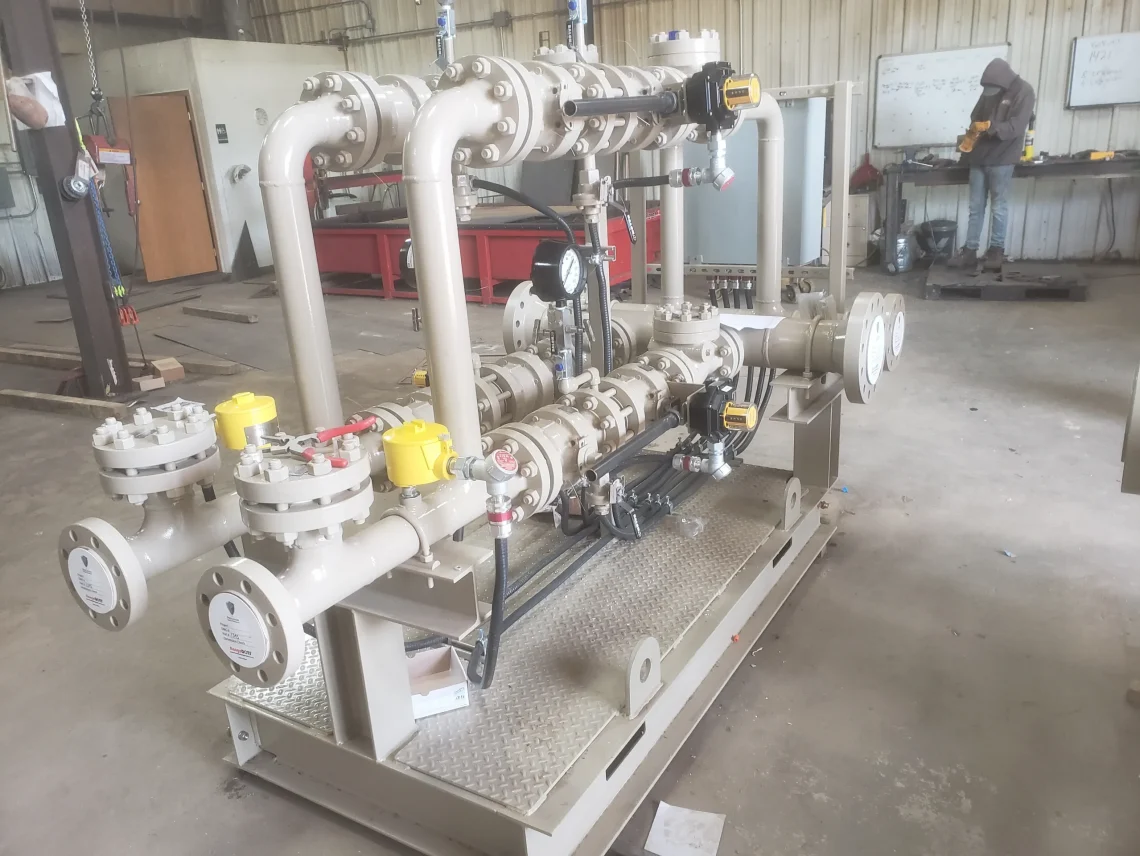
Unveiling the Crucial Roles of Ships Vessels in Global Trade
The maritime industry is the backbone of international commerce, with ships vessels transporting goods across vast oceans every day. From container ships to bulk carriers, tankers, and multi-purpose vessels, each type plays a distinct role in ensuring the smooth flow of global trade. Understanding these vessel categories is key to appreciating the scale, complexity, and efficiency of modern logistics.
What Are Ocean Cargo Ships Vessels?
Ocean cargo ships vessels are massive carriers built specifically for transporting goods across continents. Each type is designed for a particular function—whether carrying bulk raw materials, liquid cargo, or standardized containers. By enabling efficient long-distance trade, these vessels form the foundation of the global supply chain and are indispensable to world economies.
For more insights on shipping’s impact on trade, refer to the UNCTAD Maritime Transport Review.
Types of Ocean Cargo Ships Vessels
1. Container Ships
Container ships vessels are the most widely used in global trade. They carry intermodal containers that hold everything from consumer goods to heavy machinery. Categories include:
Panamax: Up to 5,000 TEUs (Twenty-foot Equivalent Units), sized for the Panama Canal.
Post-Panamax: 5,001–13,000 TEUs, designed for expanded canal capacity.
ULCV (Ultra Large Container Vessel): Over 15,000 TEUs, ideal for major trans-oceanic routes.
Container ships vessels are essential for moving everyday products worldwide.
2. Bulk Carriers
Bulk carriers transport raw materials such as iron ore, grain, and coal. These ships vessels vary by size:
Handysize: Up to 35,000 DWT (Deadweight Tonnage).
Supramax: 50,000–60,000 DWT.
Capesize: Over 150,000 DWT, too large for major canals.
Bulk carriers are vital to industries like steel, construction, and energy.
3. Tankers
Tankers are specialized ships vessels built for liquid cargo, including crude oil, chemicals, and LNG. Types include:
Crude Oil Tankers: Carry unrefined oil to refineries.
Chemical Tankers: Designed for hazardous chemicals.
LNG Tankers: Transport liquefied natural gas at ultra-low temperatures.
These vessels power global energy supply chains.
4. Multi-Purpose Vessels
Multi-purpose ships vessels offer flexibility by transporting mixed cargo such as bulk goods, containers, and vehicles. Their adaptability makes them indispensable for ports with limited infrastructure and complex logistics needs.
The Role of Ships Vessels in Global Trade
Over 80% of global goods by volume are transported via ocean cargo ships. These vessels make it possible to move essential raw materials and finished products efficiently and cost-effectively. Without them, international trade and modern supply chains would collapse.
Technology Transforming Ships Vessels
Innovations are reshaping the shipping industry, making vessels safer, greener, and more efficient:
Autonomous Ships Vessels: AI-powered navigation reduces human error.
LNG Propulsion: Cleaner fuel lowers emissions.
Real-Time Tracking: Optimizes routes and fleet performance.
Predictive Maintenance: AI prevents costly breakdowns.
Environmental Advances in Ships Vessels
Sustainability is driving changes across the maritime sector. Key measures include:
Low-Sulfur Fuels & LNG: Reducing air pollution.
Emission Scrubbers: Filtering harmful exhaust gases.
Wind-Assisted Propulsion: Harnessing renewable energy.
Energy-Efficient Hull Designs: Cutting fuel consumption
Ship Vessel Classification
From container ships vessels to tankers and multi-purpose carriers, each type ensures the global supply chain runs smoothly. With advancing technologies and sustainability initiatives, the future of maritime trade promises greater efficiency and reduced environmental impact.
Discover the World of Ships Vessels with Red River
Ready to dive deeper into the fascinating world of ships vessels and their impact on global trade? At Red River, we explore how these powerful carriers drive international commerce and support industrial applications.
Visit Red River to learn more about the different vessel types, cutting-edge technologies, and their vital role in shaping industries worldwide.
Frequently Asked Questions
1.What is the most common type of ocean cargo ship?
Container ships are the most common. They carry standardized intermodal containers, making global trade faster, cheaper, and more efficient. The largest can move over 24,000 TEUs at once.
2.How are bulk carriers different from container ships?
Bulk carriers move unpackaged raw materials like coal, grain, or ore, loaded directly into cargo holds. Container ships transport finished goods inside protective containers. Bulk carriers serve heavy industry, while container ships serve consumer markets.
3.What makes tankers unique compared to other ships?
Tankers carry liquid cargo such as crude oil, chemicals, and LNG. They use specialized tanks, double hulls, and safety systems to prevent spills and maintain cargo quality. They are vital for the global energy supply chain.
4.Why are multi-purpose vessels important?
Multi-purpose vessels (MPVs) are versatile, able to carry containers, bulk, breakbulk, or project cargo. They’re especially valuable on smaller trade routes or in regions without large specialized ports.
5.How does technology impact ocean cargo shipping?
Technology makes shipping safer, cleaner, and more efficient. Key advances include AI-powered tracking, autonomous navigation, LNG and alternative fuels, blockchain trade documents, and IoT cargo monitoring.
Key Takeaways
Container ships, bulk carriers, tankers, and multi-purpose vessels each have distinct roles in the global supply chain.
Ocean cargo ships are responsible for transporting more than 80% of global goods by volume.
Advances in maritime technology, such as AI and LNG propulsion, are revolutionizing the shipping industry.
Environmental sustainability is a growing focus, with innovations like emissions scrubbers and wind-assisted propulsion reducing shipping’s carbon footprint.
Related Blog Post
- What is the difference between a pressure vessel and a compressor?
- What is the most common type of pressure vessel used in industry?
- What are the different types of pressurised tanks?
- How many types of ship vessels are there?
- What is a Type 3 pressure vessel?
- What is a typical pressure vessel?
- What is the difference between Class 1 and Class 2 pressure vessels?
- Which pressure vessel is strongest?
- What are the four most common types of heads for pressure vessels?
- What is the difference between Type 3 and Type 4 hydrogen tanks?
- What are different codes used for pressure vessels?
- What is a Category 3 pressure area?
Solutions
In the realm of industrial solutions, Red River emerges as a pioneer, offering a diverse range of custom-engineered products and facilities. Among our specialties is the design and production of Custom/OEM Pressure Vessels, meticulously crafted to meet individual client requirements, ensuring performance under various pressure conditions. Our expertise extends to the domain of prefabrication, where Red River leads with distinction.
The company excels in creating prefabricated facilities, modules, and packages, reinforcing its stance as a forerunner in innovation and quality. This proficiency is further mirrored in their Modular Skids offering, where they provide an array of Modular Fabricated Skid Packages and Packaged equipment. Each piece is tailored to client specifications, underlining their commitment to delivering precision and excellence in every project they undertake.
Related Blog Post
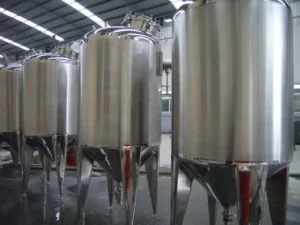
How a Glycol System Works
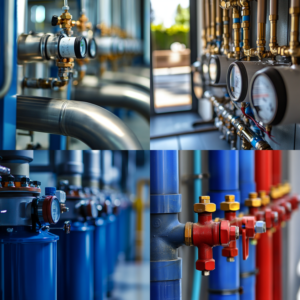
Ethylene Glycol Water: A Complete Heat Transfer Guide
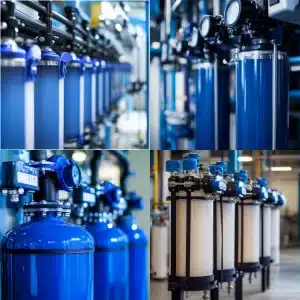
Water Filter Replacement

Why Use Stainless Steel Sheet Metal Fabrication?
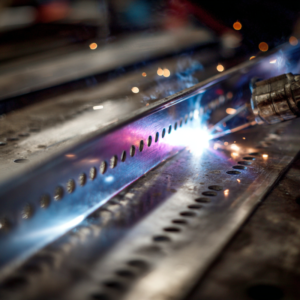
How Does Stainless Steel Sheet Metal Fabrication Work
No pillar keyword set for this post.
About Author

